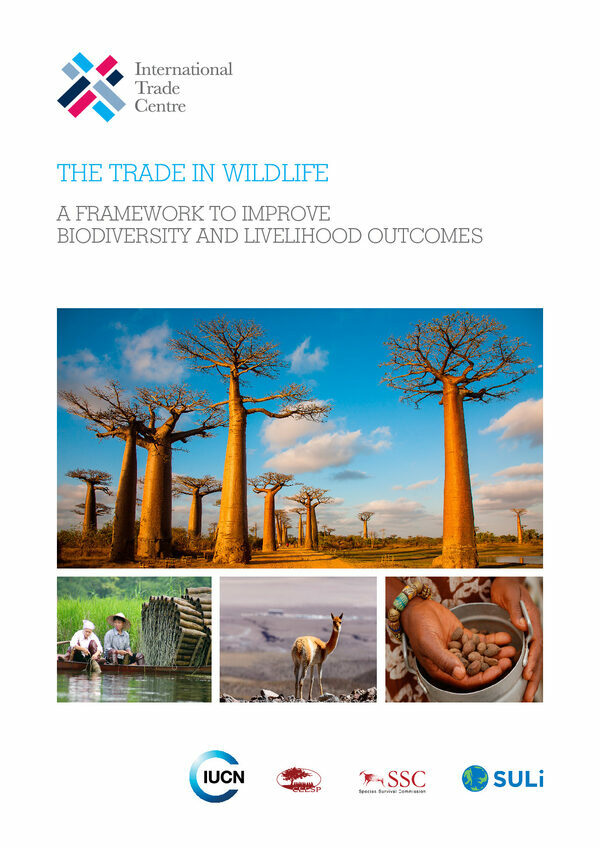A framework to analyse the impact of the wildlife trade on conservation and local livelihoods.
Amid global concern about biodiversity loss and the surge in illegal trade of threatened species, international policy has turned its attention to trade restrictions, enforcement measures and demand-reduction strategies.
This analytical framework recommends that policy decisions should balance factors related to the species and its habitat; governance and institutional settings; supply-chain structure; and markets. These factors include species resilience, distribution and accessibility; property rights and policies such as CITES listings, quotas and bans; production costs, intermediaries, monopolies and stockpiling; and market demand elasticity and size.

